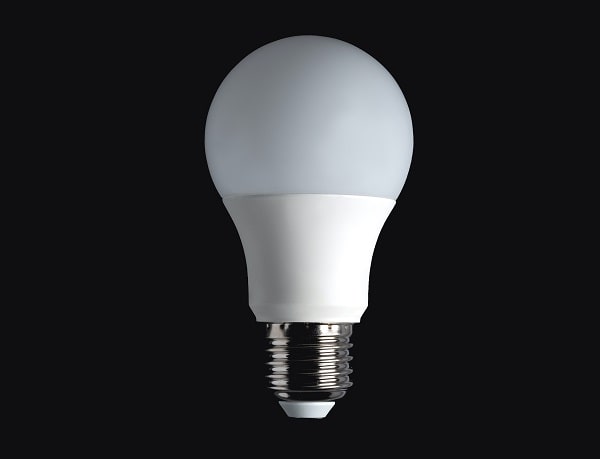by Liz Gonzales
Buying a light bulb in this day and age cannot be described as a straightforward procedure.
Not by a long shot.
The thing is, you see, light bulbs nowadays come in all shapes and forms and they are made out of a wide variety of different materials, too. For example, one of the most prominent ones would certainly be the LED bulbs, because they are durable, easy to set up and save energy if you consider how much electricity these spend in the long run.
So, surely the most prominent way of determining how powerful your light bulb is would be to figure out how many lumens it is capable of emanating. The more of these a light bulb can produce, the brighter it shines. The convenient thing about comparing light bulbs according to their lumen measurement would be that you can see their brightness output, so to speak, no matter what they’re made out of.
On the other hand, if you want to learn more about energy efficiency and longevity, you can look into some other parameter such as the wattage and the lifecycle of a particular light bulb model.
In this article, we’re going to talk about a thing called a lumen comparison chart – a table where you can see exactly how many lumens a single light bulb is capable of emanating and at what wattage. Also, we’ve included the different types of light bulbs, so you can have a clearer idea of what sort you like the most.
Right then folks, without further ado, here’s the deal.

As we’ve already said, a lumen is a unit of brightness and it represents a simple and easy way of determining how much light a single bulb is capable of exerting. The more lumens a light bulb produces, the brighter it shines.
In the table below, you can see how lumens roughly translate into watts according to different types of light bulbs. The bulbs we’ve taken into consideration here are the old incandescent ones, LED’s, as well as fluorescent bulbs (CFL).
| Light Generated | Incandescent Bulbs | Fluorescent Bulbs | LED Bulbs |
| Lumens | Watts | ||
| 250 | 25 | 4-9 | 3 |
| 450 | 40 | 9-13 | 4-5 |
| 800 | 60 | 13-15 | 6-8 |
| 1,100 | 75 | 18-25 | 9-13 |
| 1,600 | 100 | 23-30 | 16-20 |
| 2,000 | 125 | 28-40 | 20-25 |
| 2,600 | 150 | 30-55 | 25-28 |
As you can see, LED bulbs are by far the most energy-efficient out of the three we’ve shown, so if you struggling with saving money on light bulbs all the time, buying a bunch of LED’s can be a great way to reduce the amount of energy you spend on lighting alone. Of course, LEDs are also the most expensive ones out of the three, so if you decide to go with these, chances are – you’re going to also need to put in a bit of an initial investment, too.

In case you are interested in buying one or more light bulbs that will help you both save energy and give you high-quality light, you may want to learn how to read the often complex-looking bulb labels. The thing is, if you know what to look for, a light bulb label will offer you all the pieces of information you need in order to get yourself a high-quality model each time. Here are some of the important parameters to pay attention to:
All in all, if you’re about to buy a bunch of light bulbs for your home or office, all you need to do to figure out the brightness value of the bulb is to take a look at the lumens value. We hope this article helped you understand how lumens work in relation to watts and across the spectrum of different lightbulbs. We wish you a merry and hassle-free purchase, as well as that your light bulbs will last you a long time once you set them up.
 |
 |
 |
 |

About Liz Gonzales
Liz lives in a suburb in New York city.
Both of her parents are the art professors at Sate University of New York.
As such, Liz grew up with all kinds of art objects, portraits, and books laying around the home.
Liz met up with Linea through another friend in some kind of online art forum. There great minds sparkled to take their passions onto the next level @ linea.io.
 |
 |
 |
 |
You can Get FREE Gifts. Furthermore, Free Items here. Disable Ad Blocker to receive them all.
Once done, hit anything below
 |
 |
 |
 |